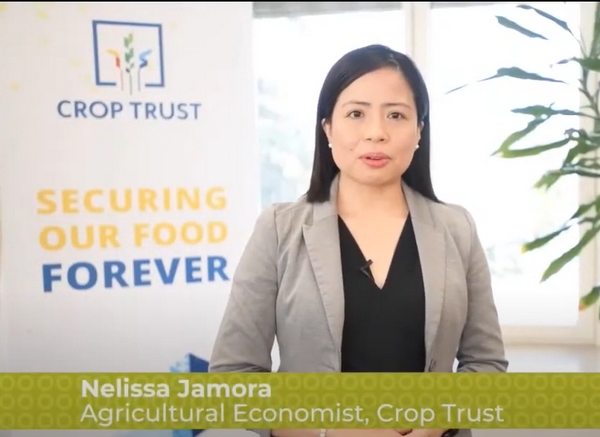Singapore’s President Tharman Shanmugaratnam recently visited cutting-edge greenhouses at the Earth and Life Institute in Belgium, highlighting the importance of innovation in the face of accelerating climate change. Inside these research-driven facilities, scientists are experimenting with climate-controlled environments and robotic root monitoring to develop crops better adapted to the challenges of tomorrow. This article explores the technologies and global implications of this landmark visit.
On March 26, 2025, the Earth and Life Institute at UCLouvain in Belgium welcomed a high-profile guest: His Excellency Tharman Shanmugaratnam, President of the Republic of Singapore. His visit to the Plant Cultivation Technology Platform (SEFY) marked a symbolic and strategic moment—underscoring the global importance of agricultural research in the age of climate uncertainty.
Led by Professor Xavier Draye, the visit showcased a unique facility: a multi-compartment greenhouse, designed to mimic diverse climate conditions with unparalleled precision. Each compartment is equipped with individual climate regulation systems, allowing researchers to simulate heatwaves, drought, and other environmental stresses—factors that are becoming more frequent and extreme in real-world farming.
This greenhouse isn’t just smart—it’s sustainable. Constructed with double-glazing, cogeneration heating, natural cooling systems, and LED lighting, the facility significantly reduces its carbon footprint, setting a new benchmark for climate-responsible agricultural infrastructure.
Innovation Underground: Root Monitoring Robots
Among the most remarkable technologies on display is a robotic root-monitoring system, the only one of its kind in the world. This autonomous platform allows researchers to observe plant root systems in real time, offering insights into how plants adapt—or fail to adapt—under stress.
Why focus on roots? According to Professor Draye, “Plants can’t move to find shade or water—they must adapt in place.” While animals evolve and learn within their lifetimes, plants rely on slow genetic adaptation across generations, a process too sluggish to keep pace with today’s rapidly changing climate. That’s why accelerating innovation, especially in plant resilience, is central to this research.
Indeed, the urgency is real. According to the IPCC’s Sixth Assessment Report, climate change is already impacting global food security, with increased risks of crop failure, pest outbreaks, and water scarcity. Studies project that by 2050, some staple crop yields in vulnerable regions could fall by 10–25% if no adaptive action is taken.
A Global Perspective
President Shanmugaratnam’s visit signifies growing international collaboration in agricultural research. Singapore, a land-scarce country with a strong focus on food innovation, has been investing in controlled-environment agriculture (CEA) and urban farming technologies. This makes the SEFY greenhouse model a relevant and inspiring example for countries facing similar constraints.
Alongside the President were key Belgian officials: Minister-President Adrien Dolimont, Governor Gilles Mahieu, Mayor Nicolas Van der Maren, and Rector Françoise Smets. Their presence underscored the policy-level interest in scientific solutions to food system resilience.
What’s Next?
The Earth and Life Institute’s efforts align with a growing global movement toward next-generation agriculture. From AI-controlled greenhouses in the Netherlands to drought-resistant gene editing in Africa, innovation is no longer optional—it’s a necessity.
Belgium’s experimental greenhouses are not just testing climate scenarios—they are growing the future. With continued investment, collaboration, and knowledge exchange, the vision of a more adaptive, sustainable, and productive agricultural system is within reach.
As climate change accelerates, traditional agricultural timelines for adaptation are no longer sufficient. The Earth and Life Institute’s research greenhouses offer a blueprint for how science and technology can bridge the gap. With global leaders taking notice, the path to a climate-resilient food future begins here—in high-tech greenhouses, with roots under robotic watch.










